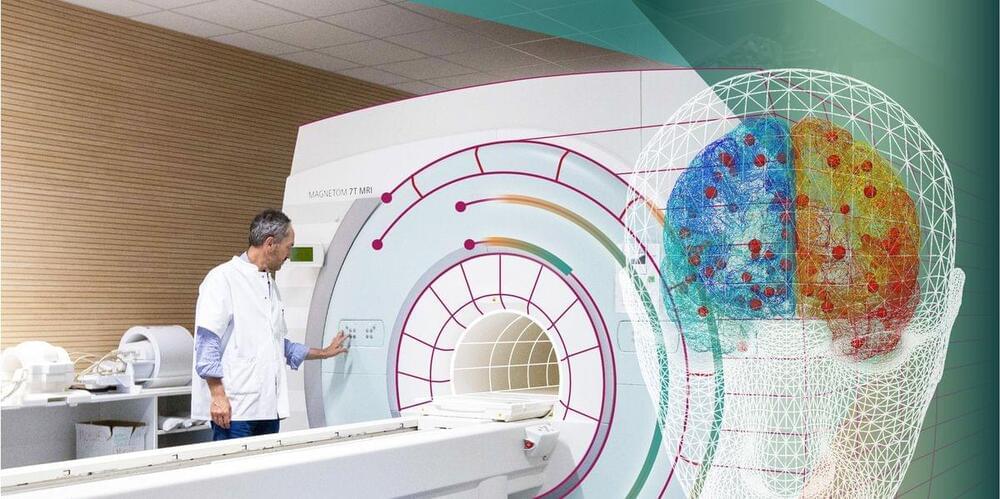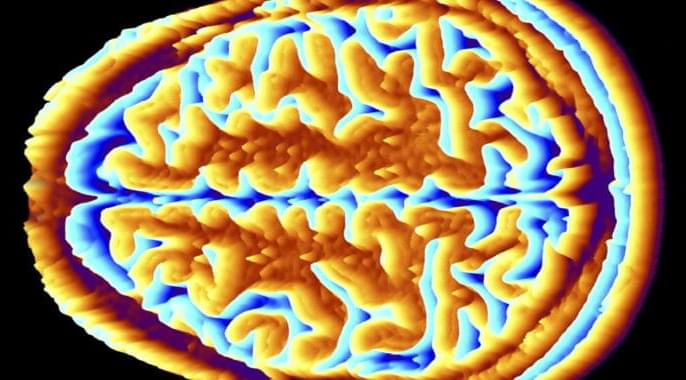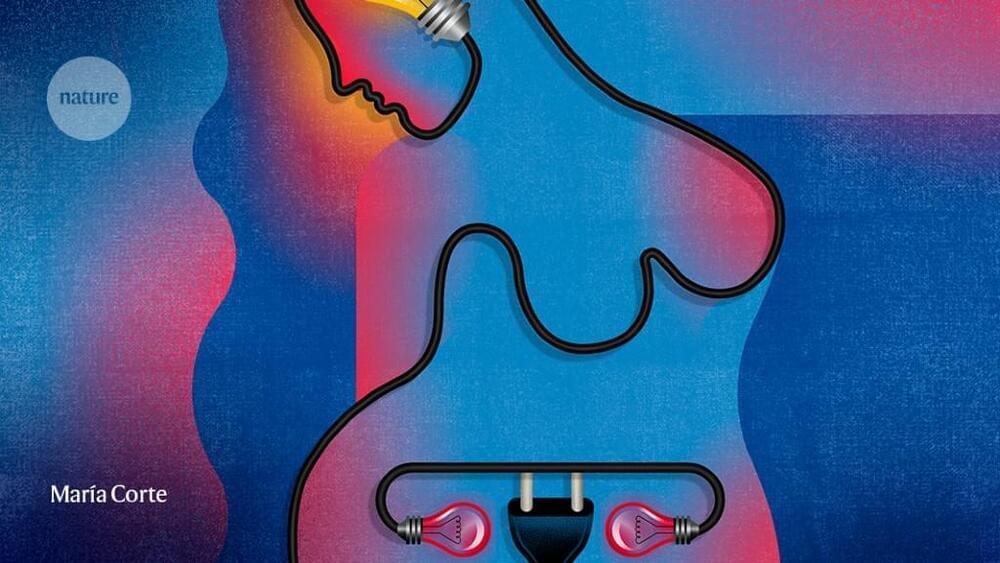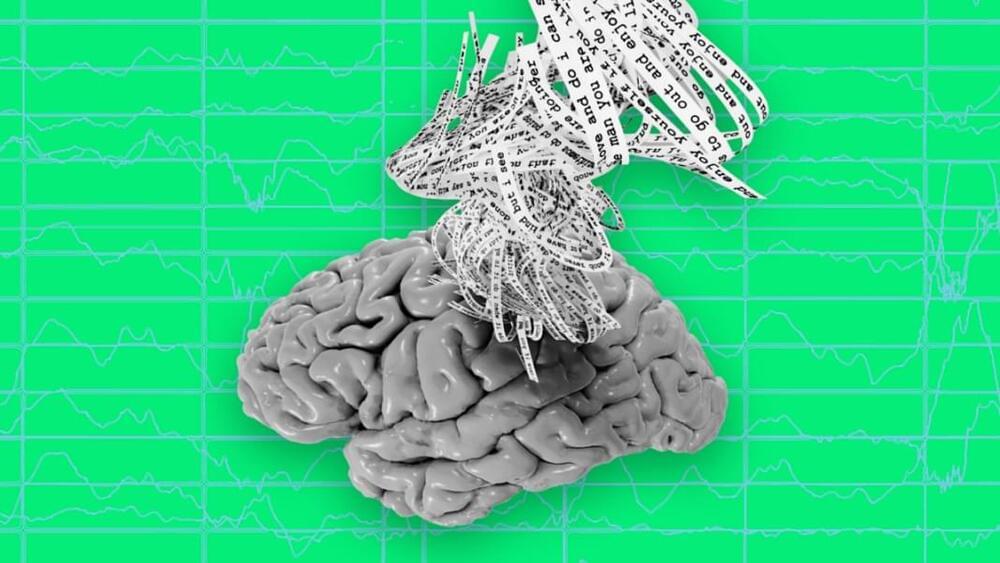Exercise decreases the risk of cancer and reduces side effects of cancer treatments. In addition, it improves patients’ quality of life and the prognosis of cancer patients. This is according to two new Finnish studies.
“It was previously thought that cancer patients should just rest after a cancer diagnosis. Today, we have more and more researched information that exercise can even improve the prognosis of cancer. However, it is not yet fully known how exercise controls cancer,” explains Research Assistant Tiia Koivula.
Previous preclinical studies have found that exercise affects the functioning of the immune system so that more immune cells are transferred to the tumor site and they become more active in destroying cancer cells. Two studies conducted at the Turku PET Center of the University of Turku in Finland aimed to find out whether a short exercise bout affects the mobilization of immune cells in cancer patients.








